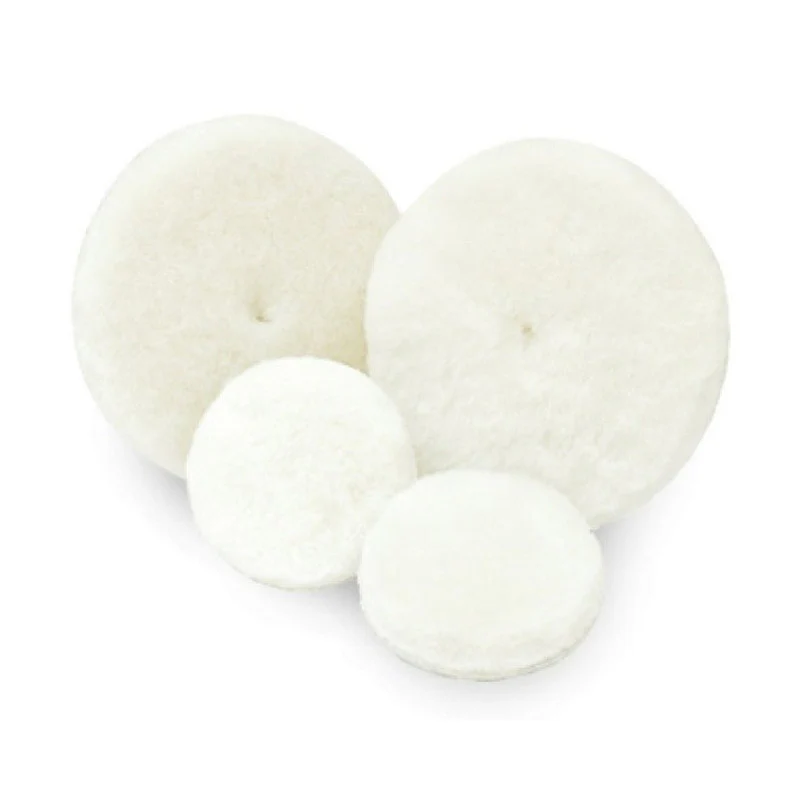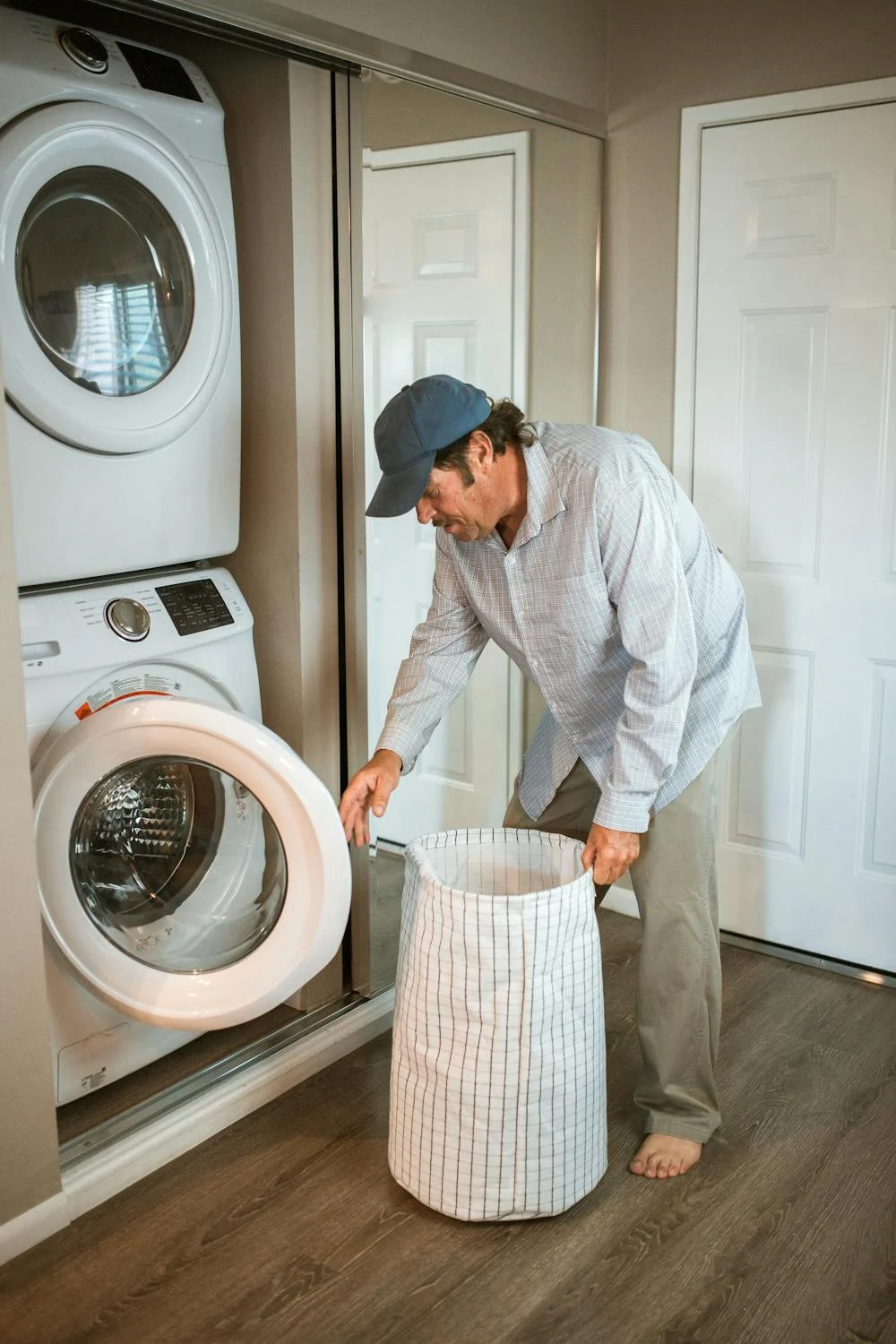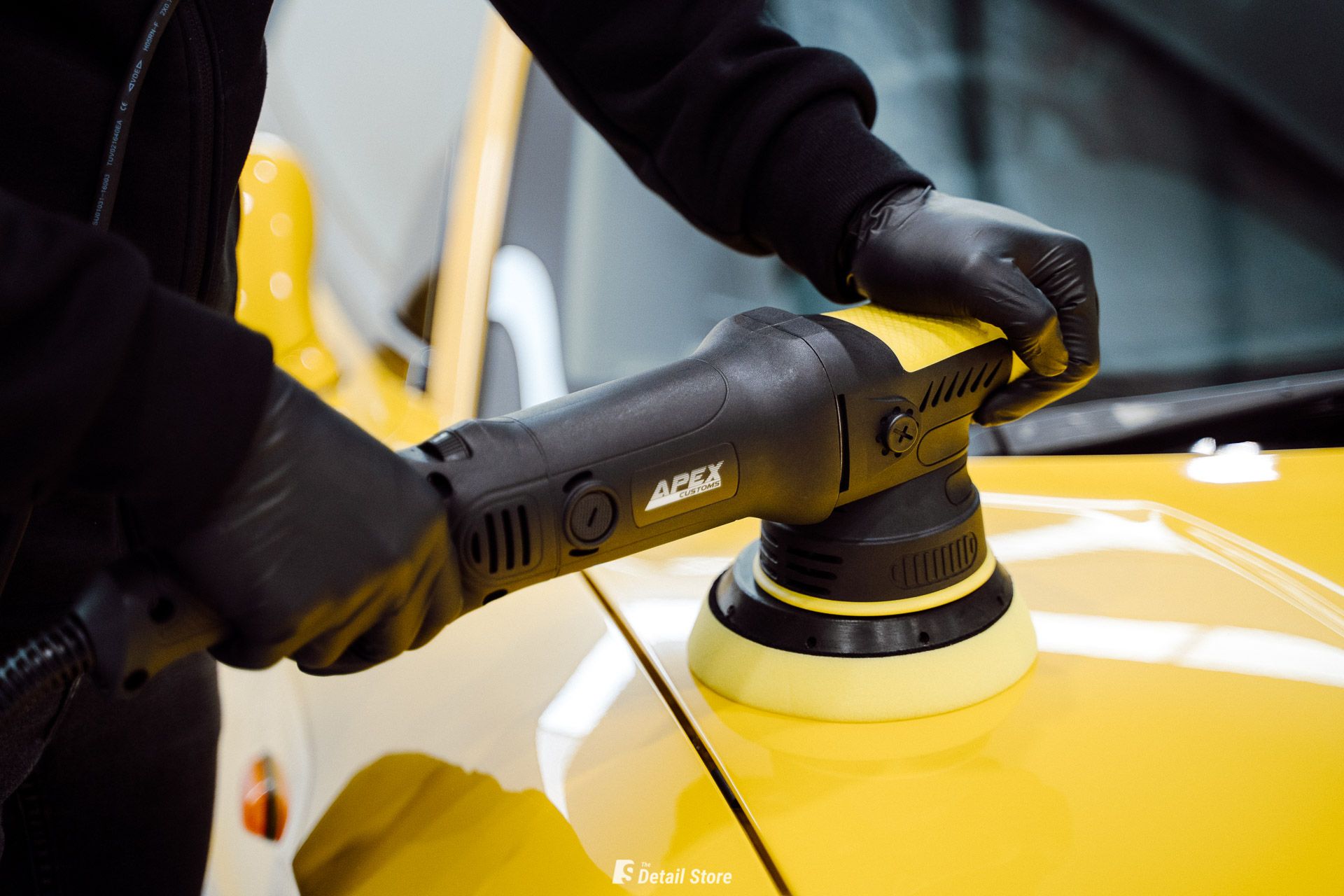Polishing pads are essential tools for any car detailing enthusiast.
To ensure they perform at their best and last longer, proper maintenance is crucial.
In this guide, we’ll walk you through the steps to effectively clean and care for your polishing pads, based on proven methods that deliver excellent results.
Types of Polishing Pads For Your Car

Different Materials:
- Foam Pads: Ideal for applying soap and gentle cleaning. They are soft and designed to hold a lot of suds.
- Microfiber Pads: Known for their excellent dirt-trapping capabilities and gentle cleaning action. They’re great for more thorough cleaning without scratching.
- Wool Pads: Often used for heavy-duty cleaning tasks due to their robust nature and ability to handle tough dirt and grime.

Choosing the Right Pad:
- Select a pad based on the type of detailing work you’re doing. For example, use microfiber pads for general washing and foam pads for applying polishes or waxes.
Steps to Maintain Polishing Pads
Step 1: Saturation and Hydration
Before diving into the cleaning process, it’s important to saturate your polishing pad with water. This step helps keep the pad moist and prevents compounds or polishes from drying and caking into the foam or microfiber. Always ensure the pad remains hydrated after use to facilitate easier cleaning later on.
Step 2: Cleaning with APC and Toothbrush
Once the pad is saturated, it’s time to clean it thoroughly. Use an old toothbrush along with an All Purpose Cleaner (APC) to scrub the pad’s surface. This gentle agitation helps dislodge embedded compounds and polishes effectively. Rinse the pad under a tap or garden hose to remove loosened debris.
Step 3: Drying and Storage
After cleaning, use a 300gsm all-purpose microfiber towel to dry the pad as much as possible. This step helps extract residual oils from the pad. To air dry, lay the pad facing up in a clean, dust-free area. Allow it to air dry completely, which typically takes between one to two days. Once dry, store the pad in a ziplock bag or a similar container to keep it clean and free from dust until its next use.
Enhanced Cleaning Method: Washing Machine

For a deeper clean, consider using a washing machine with liquid detergent. Place the pads in the machine on a gentle cycle with cool or lukewarm water. Limit the wash cycle to no more than 20 minutes to prevent premature degradation of the pads. Follow the drying and storage steps outlined above after machine washing to maintain the pad’s integrity.
Common Mistakes to Avoid
Overusing Pads: Avoid using pads repeatedly without cleaning them, as this can lead to ineffective cleaning and potential paint damage.
Incorrect Storage: Improper storage can cause mould growth or pad deformation. Always store pads in a clean, dry place.
Advanced Cleaning Tips
Deep Cleaning Methods: Use dedicated pad cleaning solutions or specialised pad cleaning machines for a more thorough clean.
Conditioning Pads: Condition pads to maintain their softness and flexibility over time. This can be done by regularly rinsing them and using fabric conditioners sparingly.
Conclusion
Maintaining your polishing pads doesn’t have to be complicated. By following these simple yet effective steps, you can prolong the life of your pads and ensure they continue to deliver excellent results in your car detailing endeavours.
Remember, regular maintenance not only enhances performance but also saves you time and money in the long run.
Frequently Asked Questions (FAQs)
It’s recommended to clean your polishing pads after every use to prevent compounds from drying and hardening on the pad’s surface.
Store pads in a clean, dust-free environment like a ziplock bag or a dedicated container to maintain their cleanliness and integrity.
Replace pads when they show signs of wear such as reduced effectiveness in cleaning or visible deterioration of the foam or microfiber.
Signs of a worn-out pad include fraying edges, reduced cleaning performance, visible tears, or permanent staining that doesn’t come out after cleaning.
It’s best to use separate pads for different products to avoid cross-contamination. For example, use one pad for washing, another for applying polish, and a different one for waxing.
While the same types of pads can often be used for various vehicles, it’s important to choose the right size and material based on the specific surface and detailing needs of the vehicle being cleaned.
By integrating these tips into your routine, you can ensure your polishing pads perform optimally and contribute to achieving a flawless finish on your vehicle.
-

Calvin brings a wealth of experience across multiple engineering disciplines, including chemical, mechanical, and electrical engineering. His in-depth knowledge of filtration systems and hydraulic pumps has positioned him as an expert in the pressure washer product category. With a unique combination of technical expertise and business insight, Calvin excels at solving complex challenges and driving innovation, particularly in the car detailing industry.
-

Aaron is a passionate car detailing enthusiast who channels his expertise and love for pristine vehicles into engaging blog content for a leading detail store website. With a keen eye for detail and a wealth of knowledge about the latest products and techniques, Aaron provides invaluable insights and tips to fellow car enthusiasts. His dedication to achieving showroom-quality results and his ability to explain complex processes in an easy-to-understand manner make his blog a go-to resource for anyone looking to elevate their car detailing game.

